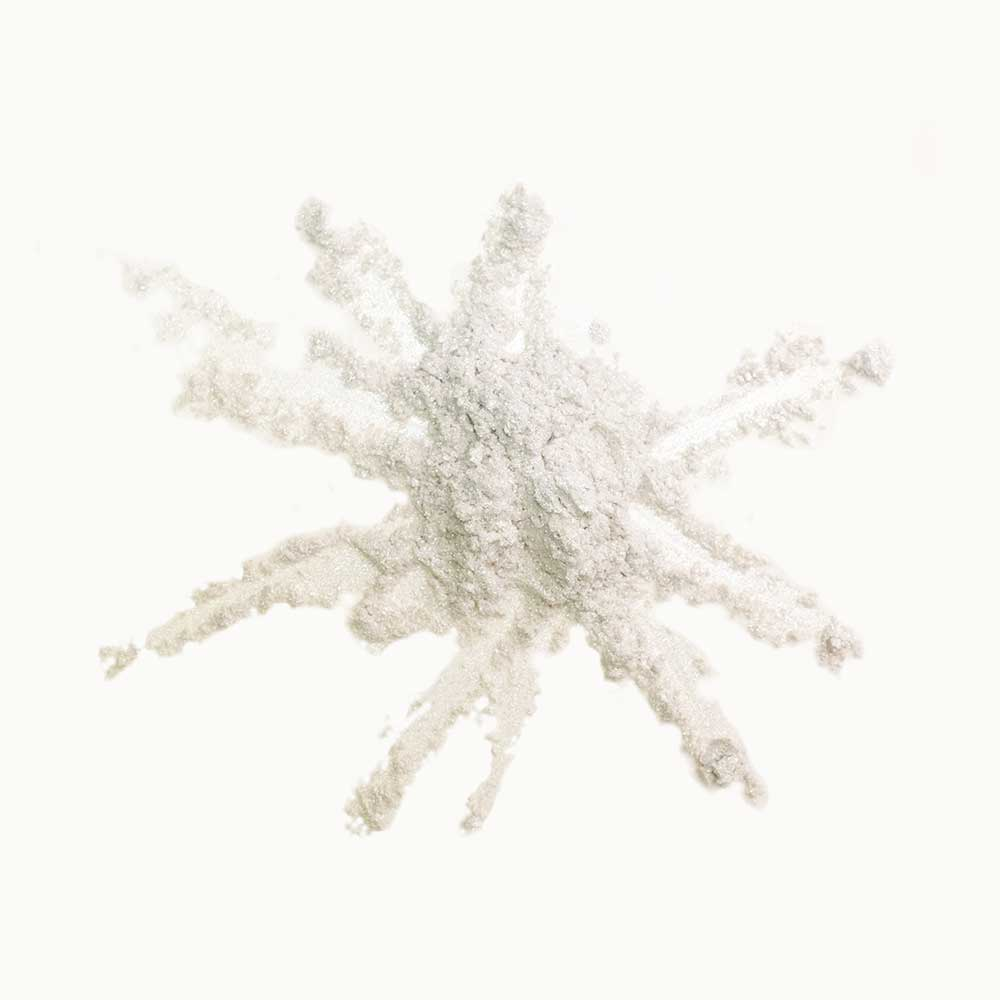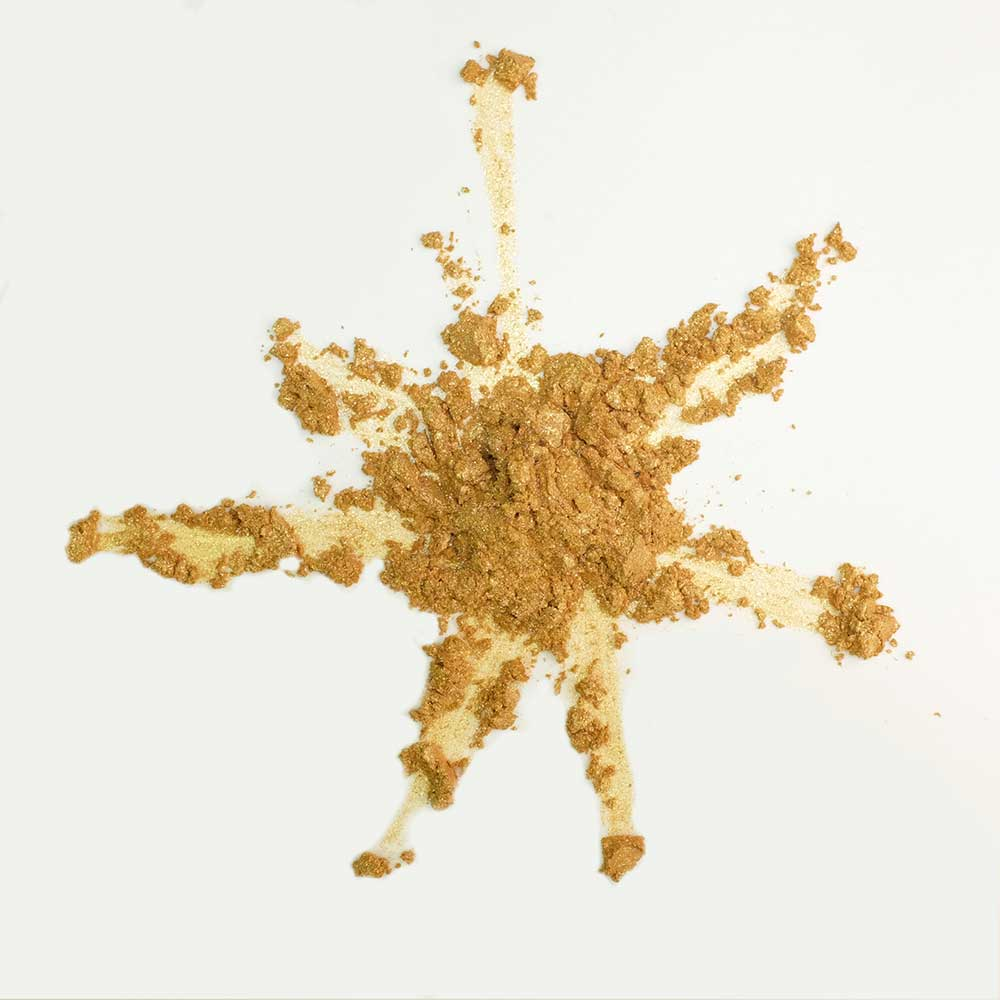 中文
中文 Pearlescent pigments are coated mica platelets that provide color and exciting visual effects to various coatings, plastics, and printing ink. These luster pigments are transparent and reflect light because of their smooth surfaces. Light reflected from the platelets creates a sense of depth and a luster that varies with particle size—smaller particles impart a satin sheen. In comparison, larger particles create sparkle or glitter. Some pearlescent pigments are iridescent showing luminous colors that seem to change when seen from different angles. Although these pigments are non-metallic, they can give the paint a metallic look. Almost all pearlescent pigments are non-reactive and non-toxic.
The mica of pearlescent pigments is synthetic or natural, coated with titanium dioxide, iron oxide, or another metal oxide. Platelets of coated mica can vary in size, shape, and thickness. The degree of these characteristics and the thickness of the coating determine the color and appearance of the pigment. Additionally, the thickness and the coarseness of the particles determine the sparkle.

White light is the name given to light that makes up all colors of the spectrum. When we see something as a blue pigment, we see the reflection of blue light. When we see something as a red pigment, we see the reflection of red light.
Mica platelets have a high level of transparency. White light will pass through the platelet—the titanium dioxide layer has a higher refraction index than the mica and the surrounding. Light is refracted and at the interfaces reflected in different angles. This phase shift creates so-called interference colors—the main characteristic of a pearlescent effect—. Iron oxide shows its typical color even in thin layers on a mica substrate.
Manipulating the metal oxide and its thickness allows formulators to fine-tune the reflection of specific wavelengths of light, creating custom and unique colors. Small changes in the platelet can have a significant impact on the pigment and colors that are visible.
In addition to the thickness and type of metal oxide, pearlescent pigments have different and defined characteristics that determine the color.
· Platelet Size—The size of the mica.
· Particle Size Distribution—A characteristic composition of fine and coarse particles leading to the PSD curve.
· Platelet Orientation—The direction the mica particles are facing.
· Pigment Concentration—The amount of pigment added to the base.
· Film Transparency—Transmission of unobstructed light through the film.

Rublev Colours Gold Pearlescent pigment is non-toxic and FDA-approved for use in personal care products and cosmetics.
Iridescence (also known as goniochromism) is the phenomenon of certain surfaces that gradually change color as the angle of view or illumination changes. Examples of iridescence include soap bubbles, feathers, butterfly wings, seashell nacre, and certain minerals. Structural coloration (microstructures that interfere with light) often creates it.
Pearlescence is a related effect where some or all of the reflected light is white, whereas iridescent effects produce only other colors. The term pearlescent describes specific paint finishes with iridescent effects, usually in the automotive industry.
Pearlescent pigments are used in the automotive industry to provide an alternative to metallics. These pigments provide a different luster and can create an unlimited variety of colors. These pigments are used in OEM as they allow for an endless spectrum of colors.
Pearlescent pigments play an important role in the cosmetics industry. According to a Happi Magazine article, this market is set to grow by nearly 5% by 2022. These pigments add color, shimmer, sparkle, and glitter effects to cosmetics.
Synthetic mica is regularly used in the cosmetics industry due to its purity. Most pearlescent pigments in cosmetics use synthetic mica to create intense and bold colors while allowing for a superior skin feel and outstanding chroma.

0377-66082665